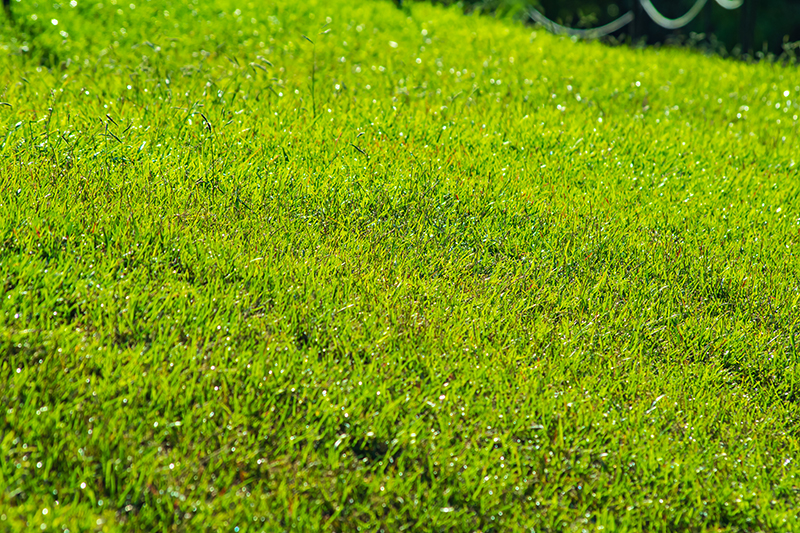Many people living in hilly or sloppy areas find growing and managing grass challenging. If you have tried planting, you may find the seeds getting washed away by rain, erosion of soil, or soils drying out due to winds. Most turfgrasses aren’t adapted to growing on slopes due to shallow roots, making it challenging to develop and manage them.

Tips on how to grow grass on a slope
Growing grass on a slope is the same as doing it on level ground. These are the tips to follow when growing grass on the slopes.
- Level the area well
Grade the area to create a gentle slope from the top to the bottom of the hill. This will allow consistent growth of the grasses and form uniform mowing. Do a complete soil preparation by adding manure and lime to help grass establish quickly.
- Only select deep-rooted grass
Select the species of deep grasses like buffalo for warm areas and creeping red fescue for cooler places. The plants are adapted to growing in sloppy conditions.
- Mix the seeds and soil well
Try mixing seeds and soils with some soil and compact them to prevent them from being carried away by runoff. Also, ensure you cover the soils with fabrics or burlap to hold the seeds and anchor.
- Prevent runoff
To prevent runoff, build temporary walls with wood at the top of the seeded area. On slopes graded below 25%, use a slice seeder to make grooves that hold seeds in place.
- Try using different seeding techniques.
Hydroseeding uses a sprayer to sow fertilizer and mulch with seeds mixed with a bonding agent to help them stick to the ground. Alternatively, you can use seed blankets that contain seeds, fertilizer, and mulch to sow them on steep slopes.
- Consider using laying sod, plugs, or sprigs.
Laying sod is known to establish faster than the seed. Use it to ensure fast seed establishment and use stakes to prevent it from sliding downhill. Though expensive, you can use spring and plugs as an alternative to seeding, they have a high success rate on slopes. It may take almost a year to achieve coverage.
In conclusion, make sure you practice the best management techniques to ensure they remain strong. Water the grasses during dry seasons, aerate well, and avoid unwanted damage during mowing. Contact us today at Accurate Lawn Leveling to learn more.
